Effortless Excellence: Achieving High Standards with Ease
In the pursuit of business success, the concept of “Effortless Excellence” stands out as a strategy that emphasizes achieving high standards without undue strain or complexity. By streamlining processes and focusing on key areas, businesses can operate smoothly and efficiently, delivering outstanding results with less effort. Here’s how you can achieve effortless excellence in your business operations.
1. Simplify Processes
Streamline Workflows:
- Analyze your current workflows to identify unnecessary steps and inefficiencies. Simplifying these processes reduces complexity and makes tasks more manageable.
Standardize Procedures:
- Develop standard operating procedures (SOPs) for recurring tasks. Clear and standardized procedures ensure consistency and quality, making it easier for employees to perform their duties effectively.
2. Leverage Automation and Technology
Automate Routine Tasks:
- Use automation tools to handle repetitive tasks such as data entry, scheduling, and customer follow-ups. Automation not only saves time but also minimizes errors, allowing employees to focus on more strategic activities.
Integrate Technology Solutions:
- Implement integrated technology solutions that streamline operations. For example, a unified communication platform can consolidate email, messaging, and project management tools, making it easier for teams to collaborate and stay organized.
3. Focus on Core Competencies
Identify Core Strengths:
- Concentrate on activities that align with your business’s core competencies. By focusing on what you do best, you can deliver superior results without spreading your resources too thin.
Outsource Non-Core Activities:
- Consider outsourcing non-core functions to specialized providers. This can include tasks like IT support, payroll processing, or marketing. Outsourcing allows your team to concentrate on high-value activities that drive business growth.
4. Cultivate a High-Performance Culture
Empower Employees:
- Provide employees with the tools, training, and autonomy they need to excel in their roles. Empowered employees are more motivated and capable of achieving high standards with less oversight.
Encourage Continuous Improvement:
- Foster a culture of continuous improvement where employees are encouraged to suggest and implement process enhancements. Regularly reviewing and refining processes helps maintain efficiency and excellence.
5. Prioritize Quality over Quantity
Set Clear Quality Standards:
- Establish clear quality standards and ensure that all team members understand and adhere to them. High-quality outputs reduce the need for rework and corrections, saving time and resources.
Focus on Impactful Activities:
- Identify and prioritize activities that have the most significant impact on your business goals. By concentrating efforts on high-impact tasks, you can achieve better results with less effort.
6. Enhance Customer Experience
Listen to Customer Feedback:
- Regularly collect and analyze customer feedback to identify areas for improvement. Addressing customer concerns and preferences helps enhance satisfaction and loyalty.
Streamline Customer Interactions:
- Simplify the customer journey by making interactions straightforward and hassle-free. This can include intuitive website navigation, efficient customer service, and easy-to-use products or services.
7. Invest in the Right Tools and Resources
Adopt User-Friendly Tools:
- Choose tools and technologies that are easy to use and integrate seamlessly with your existing systems. User-friendly tools reduce the learning curve and help employees become productive quickly.
Provide Adequate Resources:
- Ensure that your team has access to the necessary resources, including time, budget, and support, to perform their tasks effectively. Adequate resources enable employees to achieve excellence without undue stress.
8. Monitor and Measure Performance
Use Key Performance Indicators (KPIs):
- Implement KPIs to track performance and progress towards goals. Regular monitoring helps identify areas where improvements can be made, ensuring continuous excellence.
Conduct Regular Reviews:
- Schedule regular performance reviews to evaluate outcomes and processes. These reviews provide opportunities to celebrate successes, address challenges, and make necessary adjustments.
Conclusion
Achieving effortless excellence is about working smarter, not harder. By simplifying processes, leveraging technology, focusing on core competencies, and fostering a high-performance culture, businesses can achieve outstanding results with minimal strain. Prioritizing quality, enhancing customer experiences, and investing in the right tools further contribute to seamless operations. Embrace these strategies to elevate your business performance and achieve excellence with ease.

